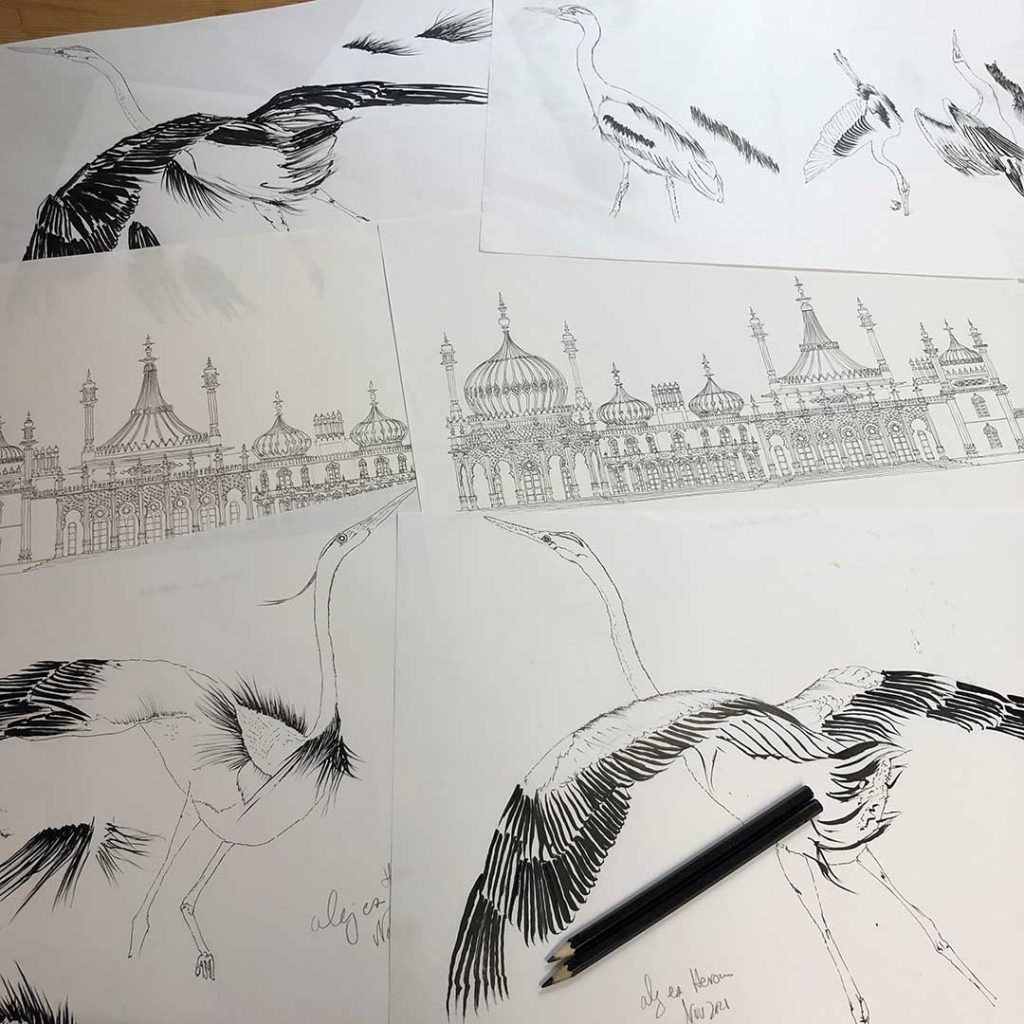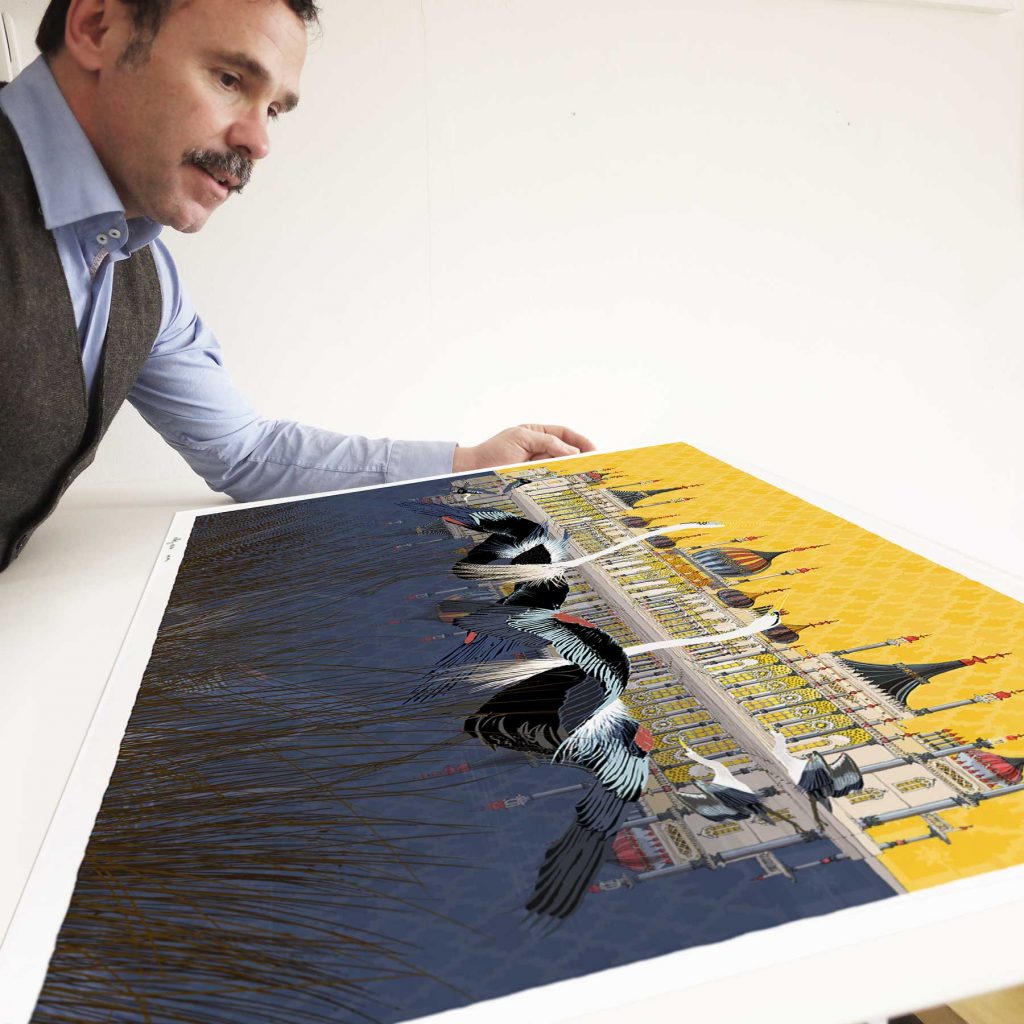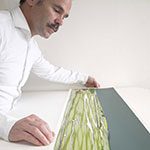Art print creation process
Each one of my prints starts with a set of ink drawings. I draw specific drawings for textures, main outlines, light and shade. These drawings are later scanned and superimposed digitally. It is similar to the lithographic technique where for different colours or patterns individual plates are created. The final stage involves digitally rendering my designs with colour. The final design is printed with a digital pigment printer.
Pigment
The term ‘pigment’ means that the application of ink covers the paper like paint does on a canvas.
Archival
The terms refers to the quality of the print. I use archival inks and paper, this guarantees that your print will retain its vibrancy, hence the name that means you can archive, store and keep for many yeas with no changes in its appearance.
Limited Edition
Each of my prints has my signature, a title, an edition number, series number and most of the time the year noted in roman digits. I keep records for each print, where the maximum for each edition is one hundred. Occasionally, when the issues of an edition is completed, I revise the design with enough changes to constitutes a new design and edition.
Art process
Base ink Drawing
I created this print from my original ink drawings to which I apply colour digitally and then print on fine art paper using archival inks.
Below you can see a photograph of the base drawings for the art print ‘Heron Print Royal Pavilion Orient Nights’. I draw these on A3 sheets of specialised marker paper with calligraphic brushes, fine-line ink pens, sponges, sand paper and other materials. The medium is watercolour, ink and charcoal. I scan these to form the main line work and patterns in the final print.

Digital Art
The second stage in my the the the addition of colour with digital tools. I scan my images and aided with my computer I add colour digitally.


-
 Heron Print Royal Pavilion Orient Nights£40.00 – £310.00
Heron Print Royal Pavilion Orient Nights£40.00 – £310.00
